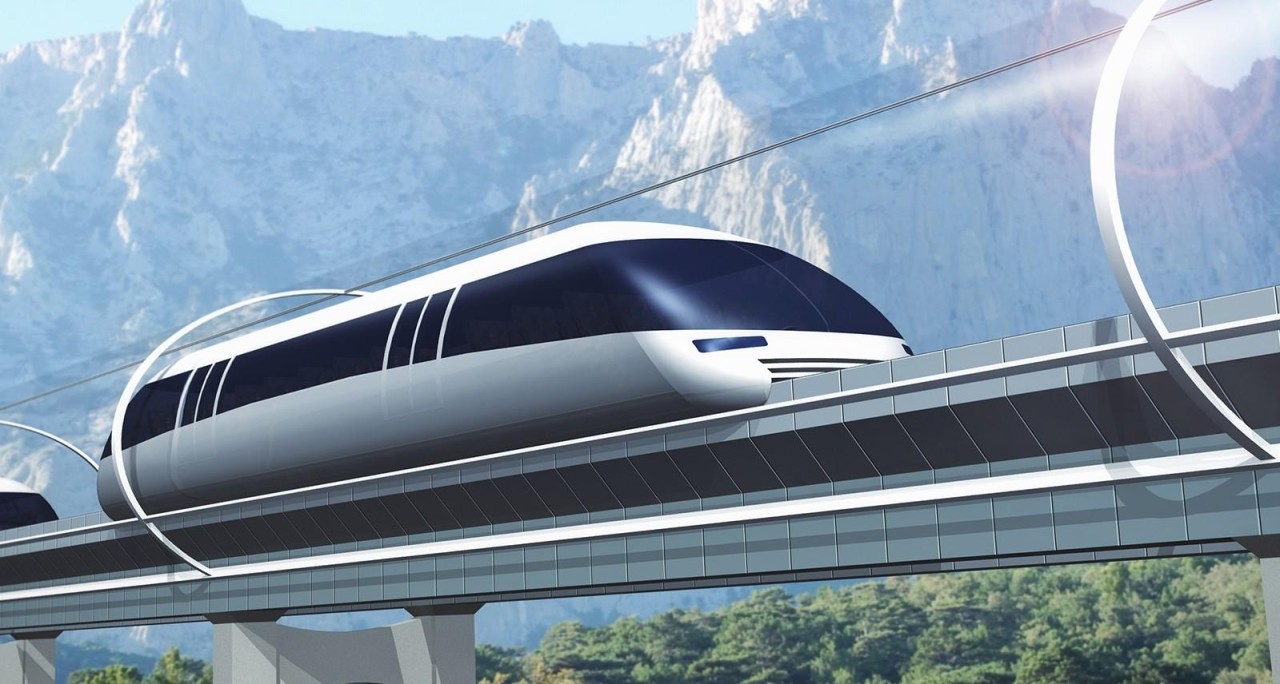
Hyperloop and Maglev: The Future of High-Speed Freight Transportation
The transportation of goods is on the brink of a transformation with the advent of revolutionary technologies such as the Hyperloop and Magnetic Levitation (Maglev) systems. These high-speed transportation solutions offer the potential to revolutionize freight logistics, drastically reducing transit times and increasing efficiency in the movement of goods across vast distances.
Hyperloop: Redefining Speed and Efficiency
Airless Tubes: Hyperloop employs vacuum tubes to eliminate air resistance, allowing pods to travel at near-supersonic speeds.
Magnetic Propulsion: Pods are propelled using electromagnetic technology, reducing friction and allowing for sustained high speeds.
Minimal Energy Consumption: Hyperloop's energy-efficient design and regenerative braking system contribute to reduced operational costs.
Global Reach: Hyperloop's potential for high-speed travel across continents can transform global trade and supply chain dynamics.
Maglev: Levitation for Swift Freight Movement
Magnetic Levitation: Maglev trains float on a magnetic field, eliminating friction and enabling smooth, high-speed movement.
Quiet and Smooth Operation: Maglev systems operate silently and offer a vibration-free experience, making them suitable for sensitive cargo.
Eco-Friendly: Maglev systems produce minimal emissions and have lower energy consumption compared to traditional rail and road transportation.
High Capacities: Maglev systems can handle large volumes of freight, reducing congestion and enabling efficient transport.
Benefits for Freight Transportation
Speed: Both Hyperloop and Maglev systems offer unparalleled speeds, reducing transit times significantly.
Efficiency: Swift transport translates to faster deliveries, reduced inventory holding costs, and improved supply chain efficiency.
Reduced Carbon Footprint: Energy-efficient designs contribute to lower emissions and a greener transportation solution.
Infrastructure Investment: Hyperloop and Maglev systems can utilize existing infrastructure, minimizing the need for extensive new construction.
Challenges and Considerations
Infrastructure Development: Building the necessary infrastructure for Hyperloop and Maglev systems can be costly and complex.
Regulatory Hurdles: Navigating regulatory approvals and safety standards for these novel transportation methods is a significant challenge.
Economic Viability: The cost of implementing and maintaining these systems must be balanced against potential benefits.
Future Possibilities
Global Connectivity: Hyperloop and Maglev systems could create a globally connected logistics network, facilitating efficient cross-border trade.
Supply Chain Disruption: These technologies could disrupt traditional supply chain models by enabling faster and more direct routes.
Conclusion: Pioneering the Future of Freight
Hyperloop and Maglev systems offer a glimpse into the future of high-speed freight transportation. By combining cutting-edge technology with the need for efficient, eco-friendly logistics, these systems have the potential to revolutionize the movement of goods on a global scale. While challenges remain, the promise of reduced transit times, enhanced efficiency, and a greener approach to logistics makes Hyperloop and Maglev compelling contenders in shaping the future of high-speed freight transportation.